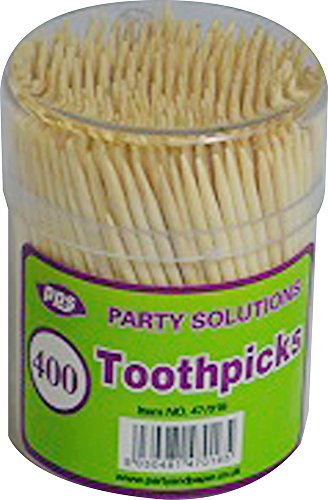The Purpose of Toothpicks
Have you ever wondered why toothpicks are pointed at one end? Well, the answer lies in their intended purpose. Toothpicks are small wooden or plastic sticks that are commonly used to remove debris from between teeth after a meal. They are designed to be thin and sharp at one end, which helps in their primary function – cleaning teeth.
Cleaning Effectiveness
The pointed end of a toothpick allows for more precision when cleaning between teeth. The sharp tip can easily dislodge food particles that are stuck in tight spaces. Additionally, the pointed end can reach areas that toothbrush bristles may not be able to access, such as under the gum line or between teeth that are close together.
Safety Considerations
While the pointed end of a toothpick is essential for its cleaning effectiveness, it is important to use them with caution. The sharp tip can be potentially dangerous if not handled properly. It is recommended to hold the toothpick at the opposite, blunt end to prevent accidental injury to the gums or other soft tissues in the mouth. Always exercise caution when using toothpicks and never use excessive force.
Manufacturing Process
The reason why toothpicks are pointed at one end is due to the manufacturing process. Toothpicks are typically made by machines that cut and shape the wood or plastic material into the desired size and shape. The pointed end is created by cutting the material at an angle, which results in a sharp, tapered tip.
Historical Evolution
Toothpicks have been used for oral hygiene purposes for thousands of years. In ancient civilizations, various materials such as bone, quills, or wood were used as toothpicks. These early toothpicks were likely not pointed at one end but rather had a blunt tip. However, as the concept of oral hygiene evolved, toothpicks began to be manufactured with a pointed end to enhance their cleaning effectiveness.






